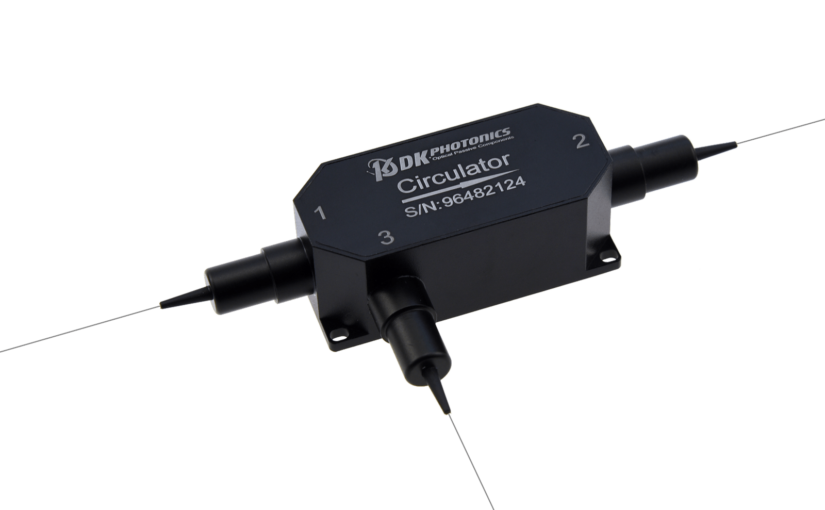Today, we will discuss three different optical passive components, namely circulator & isolator & rotator. We will first talk about what these components exactly are and then share what makes them different from each other. So, if you are curious to know about these little yet important optical passive components, read the blog till the end.
Circulator & Isolator & Rotator
As we are discussing specifically optical passive components, you will learn here about optical circulators, optical isolators, and optical rotators rather than their electronic counterparts.
What is an optical circulator?
An optical circulator is a high-performance light-wave component that is designed to route the incoming light signals from Port 1 to Port 2 and the incoming light signals from Port 2 to Port 3. In short, it is designed such that the light coming from one port exits from the next port. While some circulators are three-port devices, there are also four-port circulators.
What is an optical isolator?
Also known as an optical diode, an optical isolator is an optical passive component that allows the light to travel in only one direction. Its main component is the Faraday rotator which ensures non-reciprocal rotation while maintaining linear polarization.
The polarization rotation caused by the Faraday rotator always remains in the same relative direction. It means that the rotation is positive 45 degrees in the forward direction and negative 45 degrees in the reverse direction. It happens because of the change in the relative magnetic field direction, positive one way, and negative the other way. Hence, it adds to the total of 90 degrees when light travels in the forward direction and then the same in the backward direction. This is what makes it possible to achieve higher isolation.
What is an optical rotator?
An optical rotator is typically an in-line Faraday rotator that is designed to rotate the polarization of the input light by 45 degrees. This rotator is used for amplitude modulation of light and is an integral part of optical isolators and optical circulators.
Circulators vs. Isolators vs. Rotators
Difference between an Optical Circulator & Isolator & Rotator
An optical circulator is used to route the incoming light signals from port 1 to port 2 in a way that if some of the emitted light is reflected back to the circulator, it doesn’t exit from port 1 but from port 3. Thus, it wouldn’t be wrong to say that its function is analogous to electronic circulators.
In other words, fiber optic circulators are highly desirable where there is a need to separate optical signals that travel in opposite directions in an optical fiber.
On the contrary, an optical isolator is widely used in all those fiber optic applications where there is a need to prevent unwanted feedback into an optical oscillator, such as a laser cavity.
On the other hand,the main purpose of using an optical rotator is to achieve higher isolation, low insertion loss, high extinction ratio, and high return loss in optical devices such as optical circulators and isolators. As mentioned, they also help ensure non-reciprocal rotation while maintaining linear polarization.
DK Photonics is the leading China-based manufacturer of optical passive components, including regular and high-power optical circulators, isolators, & rotators. If you need optical passive components for your projects and want some guidance, please feel free to connect with us.
